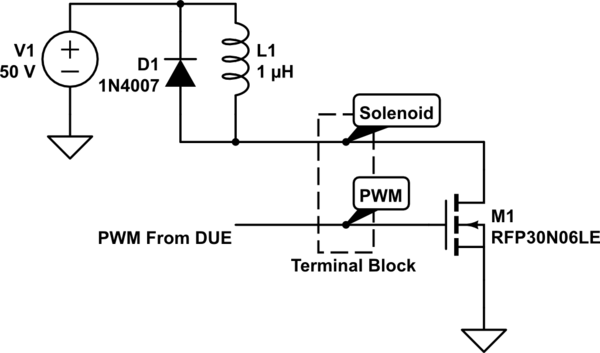MOSFET ESD Protection Techniques for Electronics Hobbyists

When building or testing electronic circuits, one of the most common challenges you may face is protecting your sensitive components from Electrostatic Discharge (ESD). MOSFETs (Metal-Oxide-Semiconductor Field-Effect Transistors) are especially vulnerable to ESD, which can permanently damage them if not properly shielded. In simple terms, ESD is a sudden flow of electricity between two objects with different electrical potentials. This can happen when you accidentally touch a component or when there’s a voltage difference between objects.
The Problem :
Without proper protection, the gate of a MOSFET is prone to damage from even small ESD events. To fix this, you can use a Transient Voltage Suppression (TVS) diode to absorb the high-voltage spikes. Placing the TVS diode between the MOSFET gate and ground helps prevent ESD from reaching and damaging the MOSFET.
Practical Example :
Imagine you’re working on a DIY project and you’re building a simple LED circuit using a MOSFET. As you’re testing it, a small static shock (like rubbing your feet on a carpet) could potentially fry your MOSFET. To avoid this, you add a TVS diode at the gate, and even if you discharge static, the diode will safely redirect the surge to the ground.
Sample Calculation :
Let’s calculate the protection for a 10V surge with a TVS diode with a clamping voltage of 12V:
- Power dissipation (P) = Voltage (V) x Current (I)
- Assume the current during surge is 0.5A, so: P=12V×0.5A=6WP = 12V \times 0.5A = 6WP=12V×0.5A=6W
This means the TVS diode needs to handle 6W of energy during the surge.
Shop Now!
Need components for your project? Get high-quality MOSFETs and TVS diodes, Made in India, at SmartXProKits! Shop now at SmartXProKits.in and support local innovation.




















